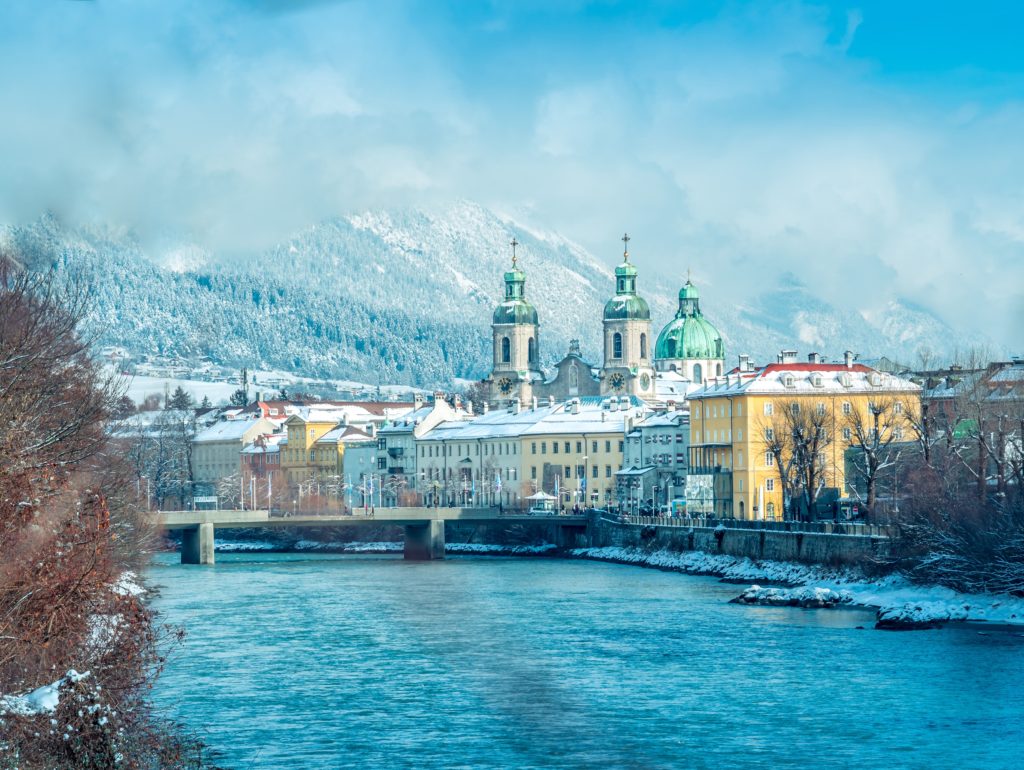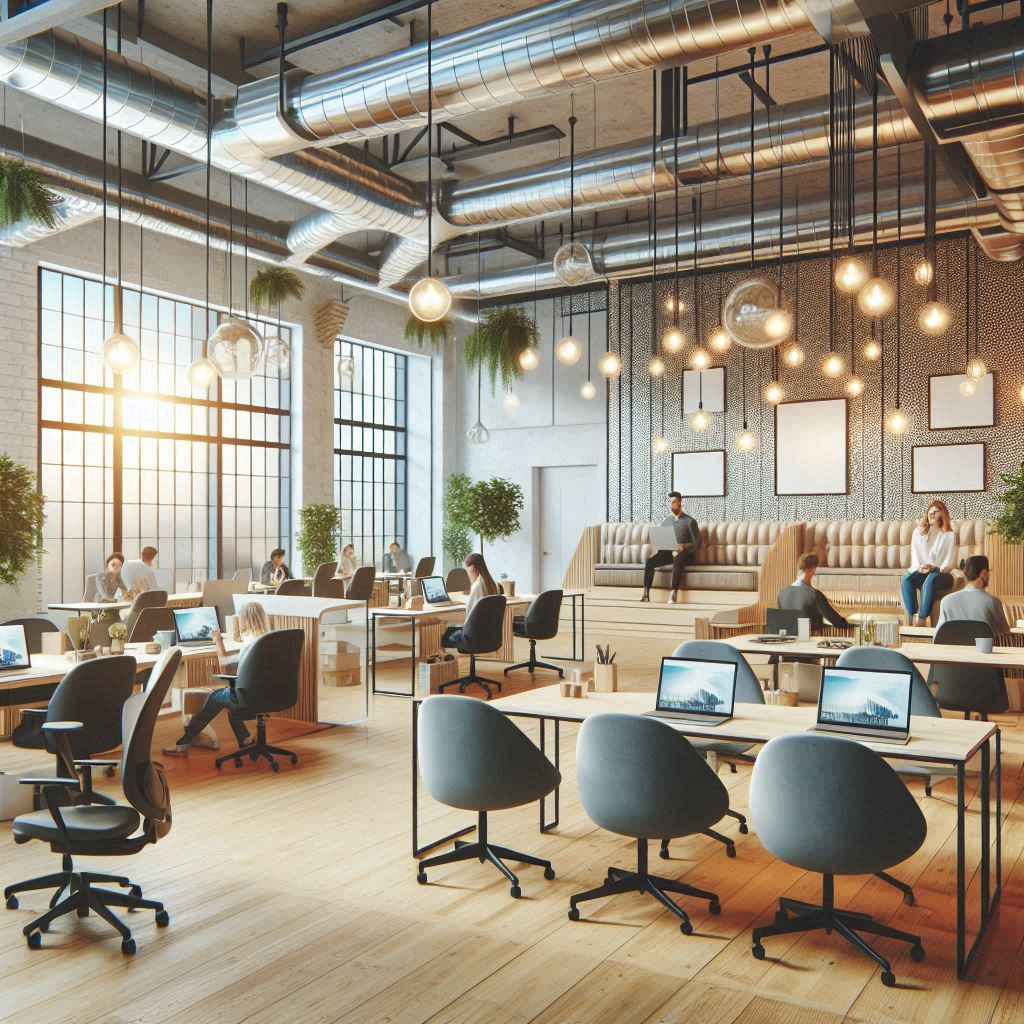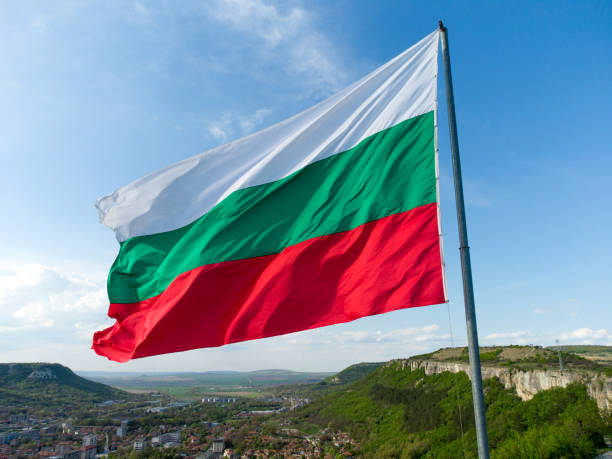Property investments in Austria are regarded as being extremely stable. As safe investments, homes, and apartments are hence quite popular. Prices and rent should naturally be impacted by strong demand.

Even the corona pandemic, which started in March 2020, had no detrimental effects on home prices. The number of transactions only temporarily decreased as a result. Particularly from March to May 2020, the pandemic’s hesitation combined with the closing of estate agency offices resulted in a much lower amount of residential property transactions than in 2019. Overall, there were 9.4% fewer purchases in 2020 for freehold apartments (FHA) and 9.5% fewer transactions for detached/semi-detached homes (DSDH) than there were in 2019. Nonetheless, by June 2020, the numbers had returned to normal.
How are property prices in Austria developing
All around the nation, home and apartment prices are growing steadily. Prices for apartments (FHA) increased in all nine of the federal states between 2019 and 2020, with increases ranging from 3.9 percent (Styria) to 12.4 percent (Burgenland).
Similar circumstances existed for the segment of detached and semi-detached homes (DSDH); in Vorarlberg, the average purchase price even increased by 14.6%. Only Vienna, where there was a modest market correction, deviated from this portion (–3.5 percent). In Austria as a whole, further price increases should be anticipated.
Austria’s most costly neighborhoods
The cost of real estate in Austria varies greatly from region to region. The most expensive federal states are Tyrol, Vorarlberg, and the capital city of Vienna. In all circumstances, the average price in these areas exceeds EUR 4 200 per square meter (FHA) or EUR 540 000 (DH/SDH). This exceeds what is found in any other state by a wide margin.
Lower Austria and Upper Austria prices in Carinthia ranged from EUR 3 100 to 3 300 per square meter (FHA) and EUR 250 000 to 310 000 (DH/SDH), respectively. Following these are Styria, where apartments often cost EUR 2.560 per square meter, despite higher costs in the important city of Graz, and Burgenland, where houses in rural areas typically cost EUR 183 000.
Price increases for residential properties have been ongoing for years in all Austrian cities, with Bregenz, Wels, and Linz apartment prices growing by over 40% since 2016. Since 2016, the cost of homes in Klosterneuburg and Innsbruck has even increased by more than 50%.
Trends – Buyers’ and investors’ preferences
Demand for green homes increased significantly in 2020, especially in the regions surrounding the nation’s largest cities. Thus, towns with convenient access to cities like Vienna, Graz, Linz, or Salzburg have drawn more attention. If they have the necessary financial resources, young families with children choose detached houses in green regions over urban apartments. However, because such properties with gardens are so uncommon, they will be unable to meet demand in the upcoming years.
The location has been more significant during the pandemic, but so has the quality of life. Therefore, larger residences are in higher demand. This is especially true for homes that allow for the construction of an additional home office.
How high price for apartment buildings
The Austrian residential investment property market has long been a particularly reliable and successful sector for investors and developers. The segment offers an incredibly alluring situation for investors with both long-term and short-term investment strategies because of its stable environment and the current dynamic of high demand paired with a dwindling supply of available properties. It is reasonable to predict that the Austrian residential investment property market will also provide excellent investment prospects because prices for freehold apartments will likely continue to increase relative to other foreign destinations in the future.
If interest rates remain low, investors will be willing to accept low yields of less than 3% in the next years, which will lead to significant price increases for residential investment properties. The regional state capitals of Graz, Linz, Salzburg, and Innsbruck are all doing exceptionally well, in addition to Vienna, the primary market. Smaller cities and villages in Austria provide an opportunity for savvy investors as well.



